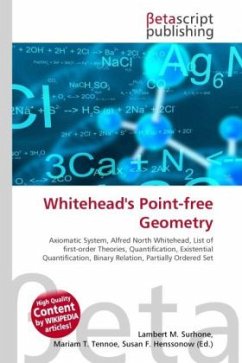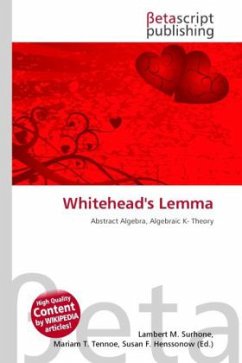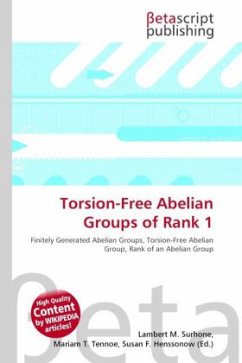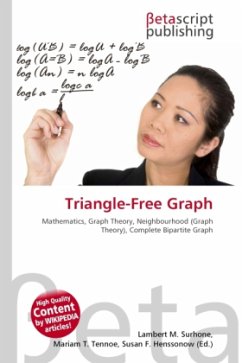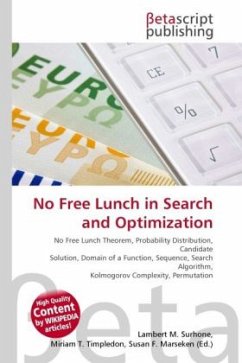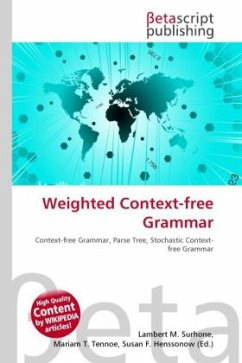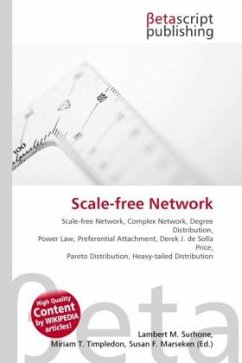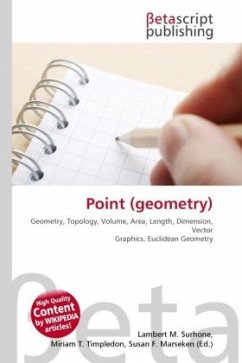High Quality Content by WIKIPEDIA articles! In mathematics, point-free geometry is a geometry whose primitive ontological notion is region rather than point. Two axiomatic systems are set out below, one grounded in mereology, the other in mereotopology and known as connection theory. A point can mark a space or objects. Point-free geometry was first formulated in Whitehead, not as a theory of geometry or of spacetime, but of "events" and of an "extension relation" between events. Whitehead's purposes were as much philosophical as scientific and mathematical. Whitehead did not set out his theories in a manner that would satisfy present-day canons of formality. The two formal first order theories described in this entry were devised by others in order to clarify and refine Whitehead's theories. The domain for both theories consists of "regions." All unquantified variables in this entry should be taken as tacitly universally quantified; hence all axioms should be taken as universal closures. No axiom requires more than three quantified variables; hence a translation of first order theories into relation algebra is possible. Each set of axioms has but four existential quantifiers.
Bitte wählen Sie Ihr Anliegen aus.
Rechnungen
Retourenschein anfordern
Bestellstatus
Storno

